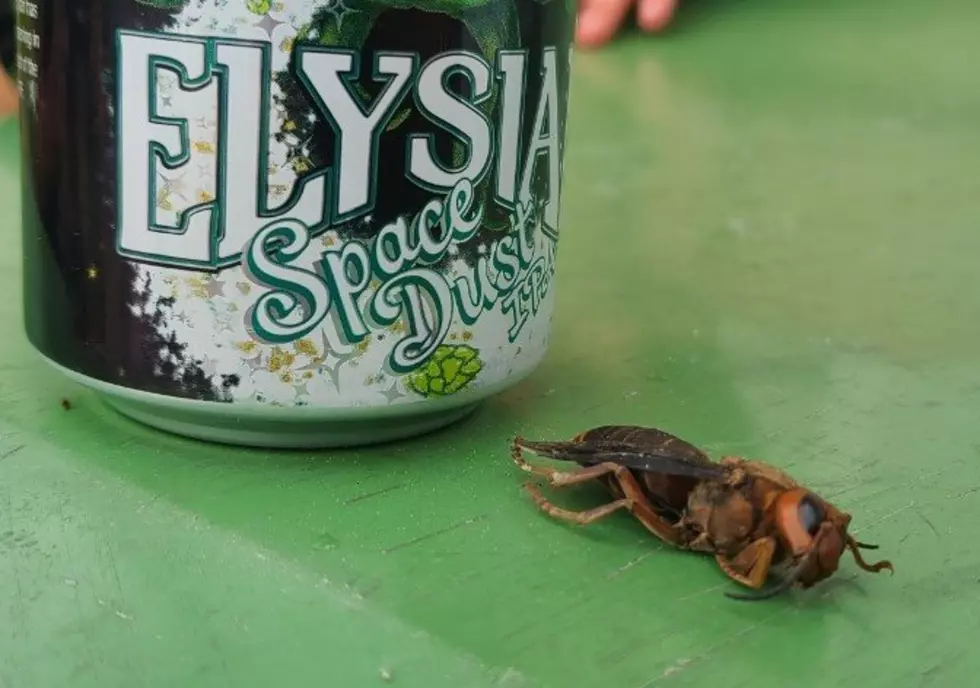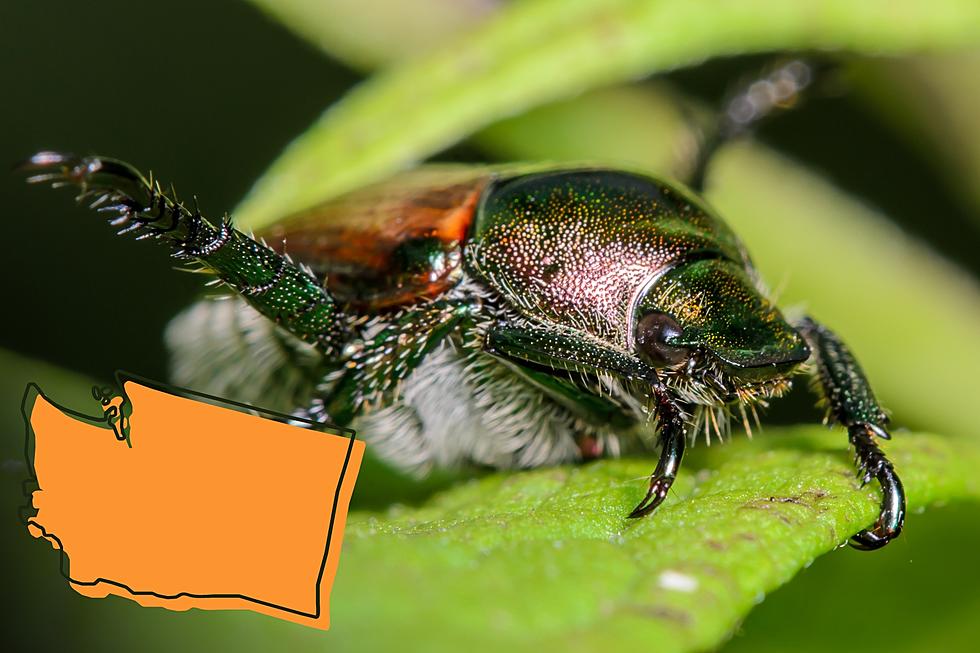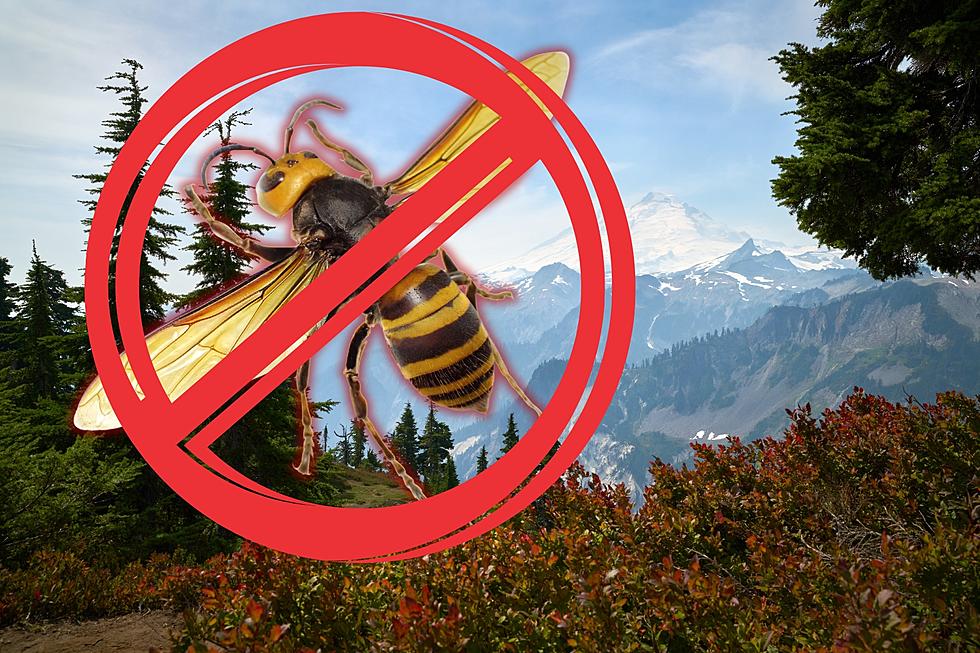
WSDA Reports Zero Northern Giant Hornets In 2022
For the first time since being detected in the northwest corner of the state, the Washington state Department of Agriculture did not trap or confirm any sightings of the Northern Giant Hornet, formerly known as the Asian Giant. WSDA noted while this is an encouraging step, the hornet is not yet considered eradicated. Federal guidelines require three consecutive years without a confirmed detection to declare the hornets eradicated.
“While not detecting any hornets this year is promising, the work to ensure they are eradicated is not over yet,” said Sven Spichiger, WSDA managing entomologist. “Research to develop a better trap continues and public reports – which account for half of all confirmed detections – remain critical.”
State entomologists first confirmed a sighting of the hornet when a resident in Whatcom County reported a dead specimen in December 2019. In 2020, WSDA entomologists found and eradicated the first-ever northern giant hornet nest in the United States, followed by three additional nests in 2021. All nests were located east of Blaine.
Meanwhile, WSDA trappers successfully caught more than 23,000 Japanese beetles in Yakima County, a slight decline in detections from 2021 despite an overall increase in trapping. While WSDA was not able to treat the area in 2021, WSDA trapping, community outreach, and residents and businesses actively self-treating their properties likely contributed to the slight decline in detections.
Spongy moth catches were also up, with trappers catching 30 spongy moths this year, up from six in 2021. Program staff conducted surveys in areas where multiple moths were caught but did not observe any alternate life stages (eggs, pupae, etc.). While teams are not planning spongy moth eradication projects in 2023, WSDA’s invasive moth program will conduct intensive trapping in areas where moths were trapped this year in addition to their standard trapping throughout the state.
The Department says despite these detections, many of the insects and diseases that the program looked for – such as spotted lanternfly – were not found in the state.
“When it comes to the pests that we survey for, the best news is no news,” Spichiger said. “Monitoring for these pests allows us to react quickly to eradicate them if they are found. It also gives confidence to our trading partners that Washington commodities can be safely enjoyed around the world without the threat of spreading invasive pests.”
The WSDA Pest Program monitors the state for more than 130 pests and diseases that could impact agricultural production each year. The program’s work has protected Washington’s agriculture, forests, and other natural resources from invasive pests for decades.
If you have a story idea for the PNW Ag Network, call (509) 547-9791, or e-mail glenn.vaagen@townsquaremedia.com
More From PNW Ag Network









